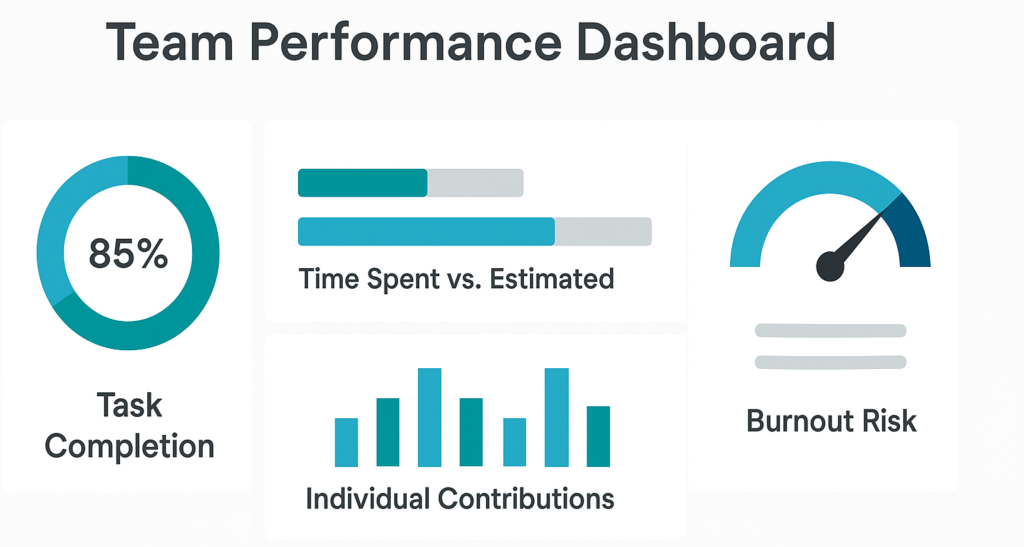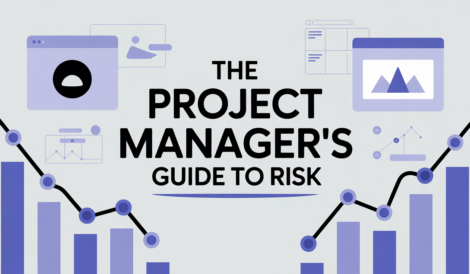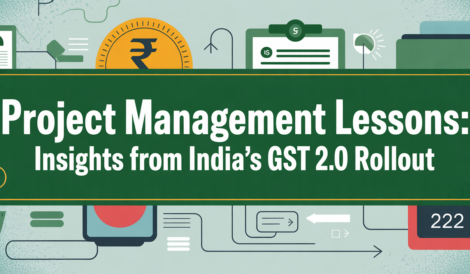As a project manager, one question keeps showing up: how do I know if this project is moving in the right direction? It’s not just about the final result. The real value comes from checking in while the work is in progress.
These seven checkpoints will help you evaluate project success clearly and confidently—from kickoff to completion.
1. Are You Following the Project Schedule?
Timelines help you stay grounded. Regularly review your key milestones to catch delays early. A visual project timeline like a Gantt chart can make it easy to track progress.
Tip: Use simple visual scheduling tools to bring clarity to everyone on the team.
2. Is the Quality Consistent?
Focus on both the end product and how you’re building it. Are your deliverables reviewed and refined on time? Are checklists and processes being followed consistently? Quality assurance tools can help you catch small issues before they grow.
3. Is the Project on Budget?
Compare your actual spend with initial estimates regularly. This helps you understand where adjustments might be needed. Live dashboards showing project cost status can make this easier.
4. Are Stakeholders Aligned and Engaged?
Project success isn’t just about numbers. Stakeholder feedback matters. Schedule brief check-ins or pulse surveys to understand their satisfaction and expectations.
This dashboard gives a real-time view of budget, team performance, and task progress—key areas to track project success visually.

5. Are You Meeting the Business Goals?
Go back to your project’s purpose. Are you delivering the business value that was promised? Are outcomes still aligned with what was originally planned? If priorities have shifted, it’s worth revisiting your business case.
For a deeper look into how monitoring and controlling supports successful project delivery, explore this guide on project monitoring and control by Smartsheet.
6. What Are the Financial Outcomes (ROI)?
ROI shows the value returned compared to what was invested.
Formula: ROI = (Net profit / Total cost) × 100
Track both cost savings and revenue gains. If results show positive financial outcomes, that’s a strong indicator your project is working.
7. What Legacy Does the Project Leave Behind?
Think long term. What positive change did this project create? Maybe it led to better collaboration, improved systems, or helped teams grow. Look at retention rates, productivity gains, or operational improvements.
Helpful Templates to Track Project Success
- KPI Dashboard Template: Keep all your key metrics in one place.
- Gantt Chart Template: View tasks, dates, and dependencies.
- Stakeholder Analysis Template: Prioritize communication.
- Project Closure Report Template: Summarize impact and insights.
If you’re working toward a PMP® certification, these tools and templates can support both your learning and your real-world project outcomes. Explore Infocareer’s PMI-authorized PMP® certification training to build skills with mentor-led guidance and practical insights.
Final Evaluation Step
Once the project wraps up, spend time reviewing it fully. Compare what was promised with what was delivered. Collect metrics and stakeholder input, and note the lessons to carry forward. Include these insights in your final report—it helps future projects start stronger.
Project Tools That Help You Stay on Track
Real-time project management tools like project managers offer dashboards, reports, and team insights all in one place. These help track progress, budget, and workload with no guesswork.
Closing Thought
Project success is not a single outcome—it’s the sum of clarity, consistency, and communication. Keep evaluating what matters, and you’ll see the results in your delivery and your team’s energy.








